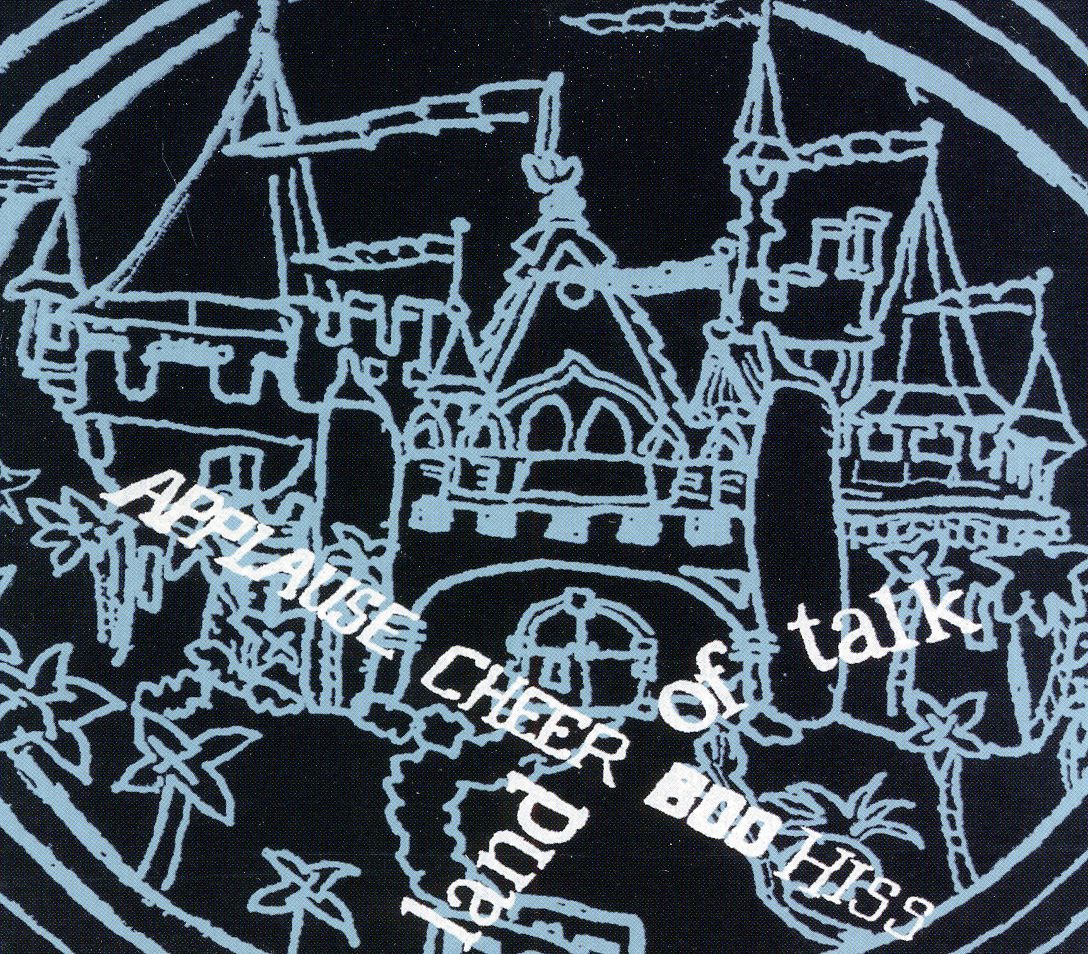
Barth, Susanne
Established in the spring of 1942 to construct a synthetic fuel plant, the camp's abhorrent living conditions led to the death of thousands of young Jews conscripted from the ghettos or taken off deportation convoys from Western Europe. Blechhammer was not only used for selecting parts of the Jewish ghetto population for Auschwitz, but also for killing pregnant women and babies. As an Auschwitz satellite, Blechhammer became the scene of brutal executions and massacres of prisoners refusing to go on the Death March. This microhistory unearths the far-reaching complicity of often overlooked perpetrators, such as the industrialists, factory guards, policemen, and "ordinary" civilians in these atrocities, but more importantly, it focuses on the victims, reconstructing the prisoners' daily life and suffering, as well as their survival strategies.







